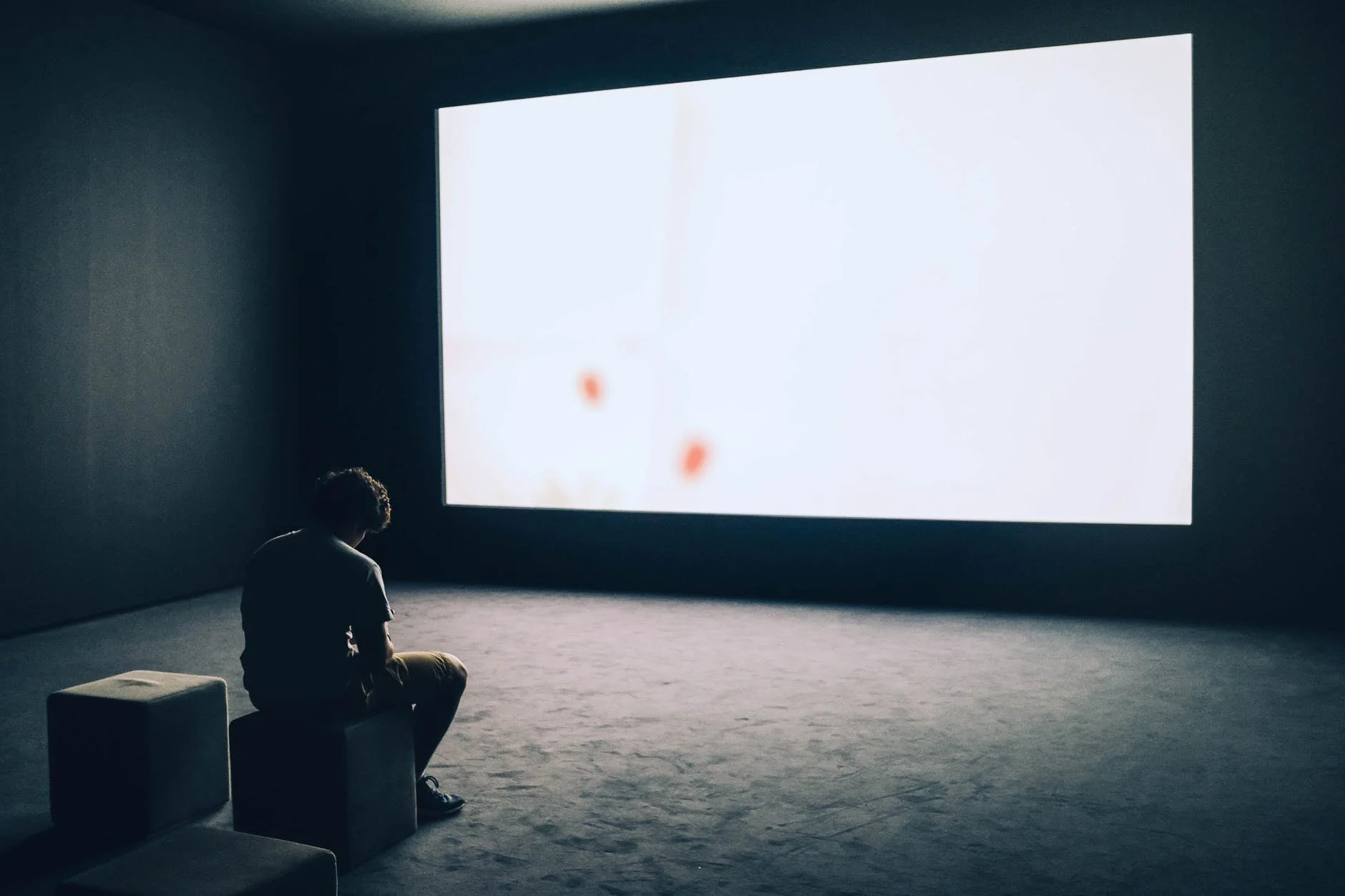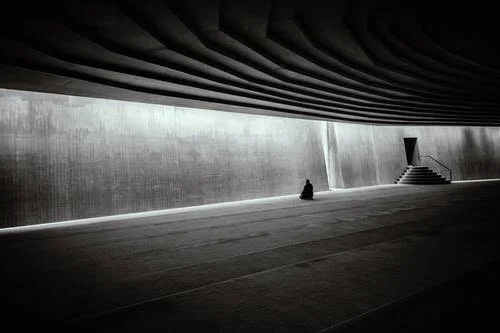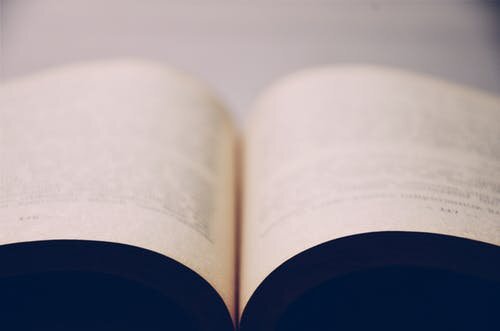Use This Trick To Remarkably Improve Your Ability To Understand (& Enjoy) Fiction
There’s this magical moment that happens when you’re reading fiction. We’ve all felt it at one time or another.
Your sense of self—the ego—seems to disappear and the only thing that exists is the story that is unfolding on the page.
This is the moment you’re fully immersed into the fictional movie that’s playing out in your head. It is what every writer is hoping to help the reader achieve. It is when the world is as real as the one you live and breathe every day.
However, for as long as I can remember, this moment seemed to come and go at random, inexplicable times, without any control or purpose. I did not understand what was setting it off or how I could return to it, even when I desperately wanted to.
That wasn’t an ideal way for me to read, but I did not think I could control it.
But about six years ago, I discovered that I could force it into action by doing a very simple trick.
The Trick: Focus on Specific Sensory Details
The ‘trick’—and I use the word trick loosely—came about only because I wanted to improve my own power of imagination.
To learn more about the art of writing fiction and creating vivid scenes, I started mentally picturing every little thing that was being described. No matter how small or big the scene or description was, I broke down that part into an individual image in my mind, held it there for a second, before moving on.
I’m now going to grab a book at random and explain what I mean.
I picked off my shelf Gustave Flaubert’s Madame Bovary and opened it to a random page.
The guests arrived early in carriages, in one-horse chaises, two-wheeled cars, old open gigs, wagonettes with leather hoods, and the young people from the nearer villages in carts, in which they stood up in rows, holding on to the sides so as not to fall, going at a trot and well shaken up. Some came from a distance of thirty miles, from Goderville, from Normanville, and from Cany. All relatives of both families had been invited, quarrels between friends arranged, acquaintances long since lost sight of written to.
The scene is describing a mass amount of people coming from nearby towns and villages for a wedding, and what I’ve done is bolded the sensory images that you can picture.
Each time I hit one of those sensory images, I stop and hold it in my mind, singularly, then move on. I do this every time I hit a sensory detail. I distill it from the rest, and my mind adds them up into a quasi-scene, which puts me actively into the scene, setting the literary movie in motion.
I picture the one-horse chaises, as if it were floating in a black void. I picture a two-wheeled car in a void. I picture wagonettes with leather hoods in a void. I picture the hands of the young people holding onto the side rail. And so on.
The first book I did this with took a lot of slow, mental effort, but it still worked. I found myself understanding the scenes better, remembering more, and being able to hold them visually in my mind, as if I watched it all unfold.
Now, I do this without thinking. I read, I picture the images in my mind, and the movie plays.
It has worked wonders for my comprehension and writing. It’s given me a greater understanding of the power of showing vs telling. And it’s crystallized my power of imagination.
And personally, I’ve never heard anyone describe reading quite like this. It may be that I’m the last man on earth to figure this out, and we’re all reading like this, but I wasn’t before. I wasn’t “actively” distilling single sensory images into my mind, in order to kickstart the movie in my head. I was blasting through words and making some quasi-jumbled imagery that was neither vivid nor exact. I got the gist of it, but I didn’t get the image of it.
That’s all changed.
Let me know in a response if you do something differently or if you’ve always been doing this.



